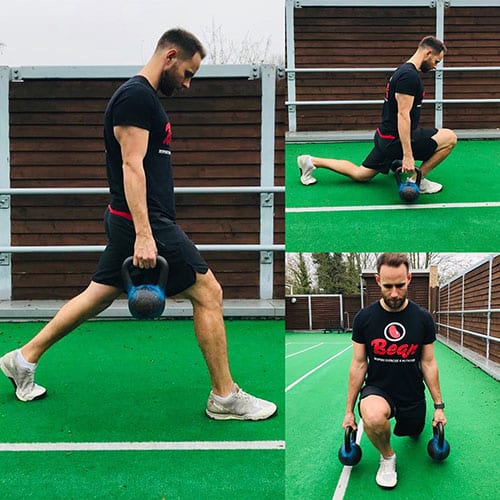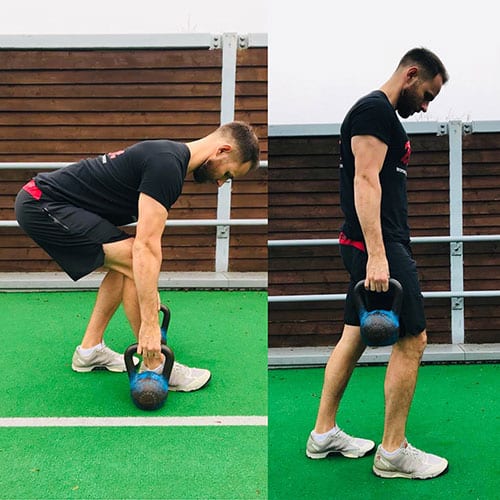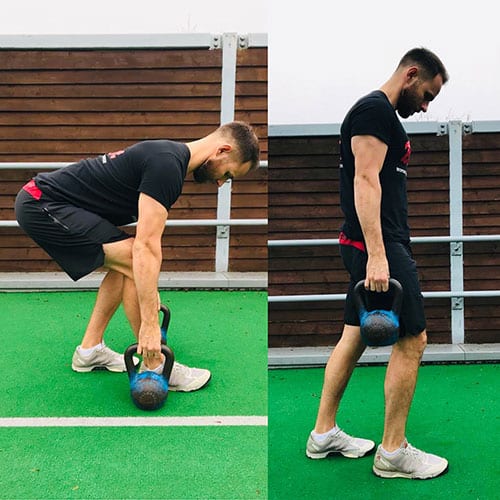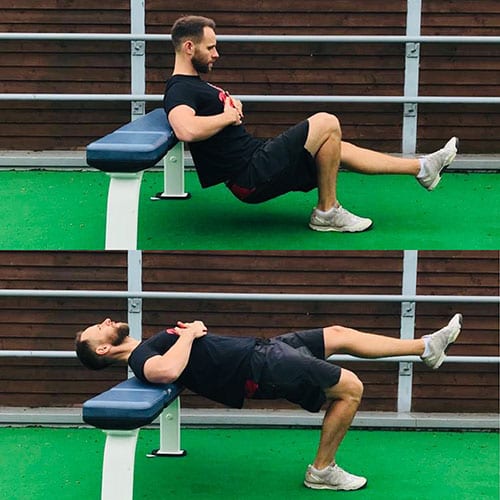
Start slowly
Every journey begins with a single step. Setting realistic goals is the key to enjoying success.





Breathe!
Bean HIIT sessions work major muscle groups that will in turn allow you to burn a lot of calories. But these muscle groups need help to maintain performance, so get those breaths in!





Hydration, Hydration, Hydration
The better hydrated you are, the better your performance and ability to burn fat.





Back pain is one of the most commonly occurring issues plaguing society today. Up to 80% of the population will experience back pain at some time in their lives. It can affect people of all ages, from adolescents to the elderly.
Often back pain can flare up during or after exercise, which can lead to people avoiding exercise altogether.
Because the majority of issues stems from poor movement quality and over-compensatory patterns occurring when we are under load (bodyweight or additional resistance), priorities need to made to strengthening areas that weak and performing movements that lessen the likelihood of poor movement.
When using resistance in the form of weights etc, often movements such as squats, deadlifts or Kettlebell swings can cause such back pain and discomfort. If this is the case try the following exercises, which can lessen the load on the back whilst still stimulating strength and muscle adaptation in the lower body and hips.
Split Squat / Lunge REPLACES The Squat:
Because of the split stance of this exercise we are training the hip and leg muscles on the lead leg in isolation, which can help address any strength imbalances that may exist from leg to leg and hip to hip.
The sheer forces through the lumbar spine are also much less in comparison to something like the squat and therefore will not promote overload there.
Key Points:
- Maintain majority of weight through front heel
- Bend back knee down towards floor
- Maintain Posture
- Keep Front knee tracking in line with ankle, avoid it caving inwards.
- Stay engaged through midline/core throughout.


Staggered Suitcase Deadlift REPLACES The Heavy Deadlift:
Due to the heavy nature of a normal deadlift, it is one of the exercises that is most likely to cause you back pain if the movement is performed poorly.
Again in order to isolate one hip, we can stagger our stance in order to only be loading that particular hip hinge on that side, this will in turn mean the total weight you are using is less, avoiding the potential risk of overcompensating.
Key Points:
- Maintain as vertical shin position through back leg as possible when hinging and pushing butt back.
- Minimise the load in the front leg.
- Ensure spinal position is maintained and no hunching is seen.
- Ensure back hamstring is maximally loaded during end portion of hinge.
- Ensure glute is powering the hip back into extension on way up.
- Maintain Scapula control throughout.




>
Single leg Hip Bridges REPLACES Heavy Hip Thrusts:
A common issue that can occur when performing heavy hip thrusts is that the individual uses their back far too prominently when executing the extension of the hips under such a load. This can be as a result of poor understanding of the movement or deficiencies in the strength in either glute complex.
We can better address the understanding of the movement, whilst at the same time isolating any engagement or strength issues, by executing a single leg version that will test the stability and engagement in that hip in isolation.
Key Points:
- Ensure weight is distributed across upper back on the bench and in the standing leg heel.
- Ensure spinal position is kept the same throughout movement, so spine position should come forward as hip drops towards floor and more parallel to floor when hip extends.
- Keep ribcage pushed down towards hips with core engaged.
- Do not jam back up upon extension.
- Extension is achieved when glutes are fully engaged on standing leg and tailbone is tucked under in a posteriorly tilted position.
- Pressure should be felt through bum muscles, not back muscles.


Give these awesome alternatives a go, as they can allow you to continue training whilst minimising causing more strain and discomfort.
Also look out for our article on strengthening the core to avoid back pain.




